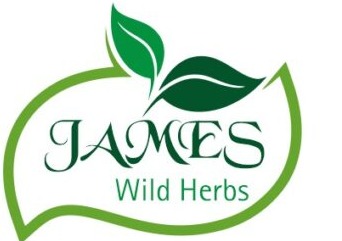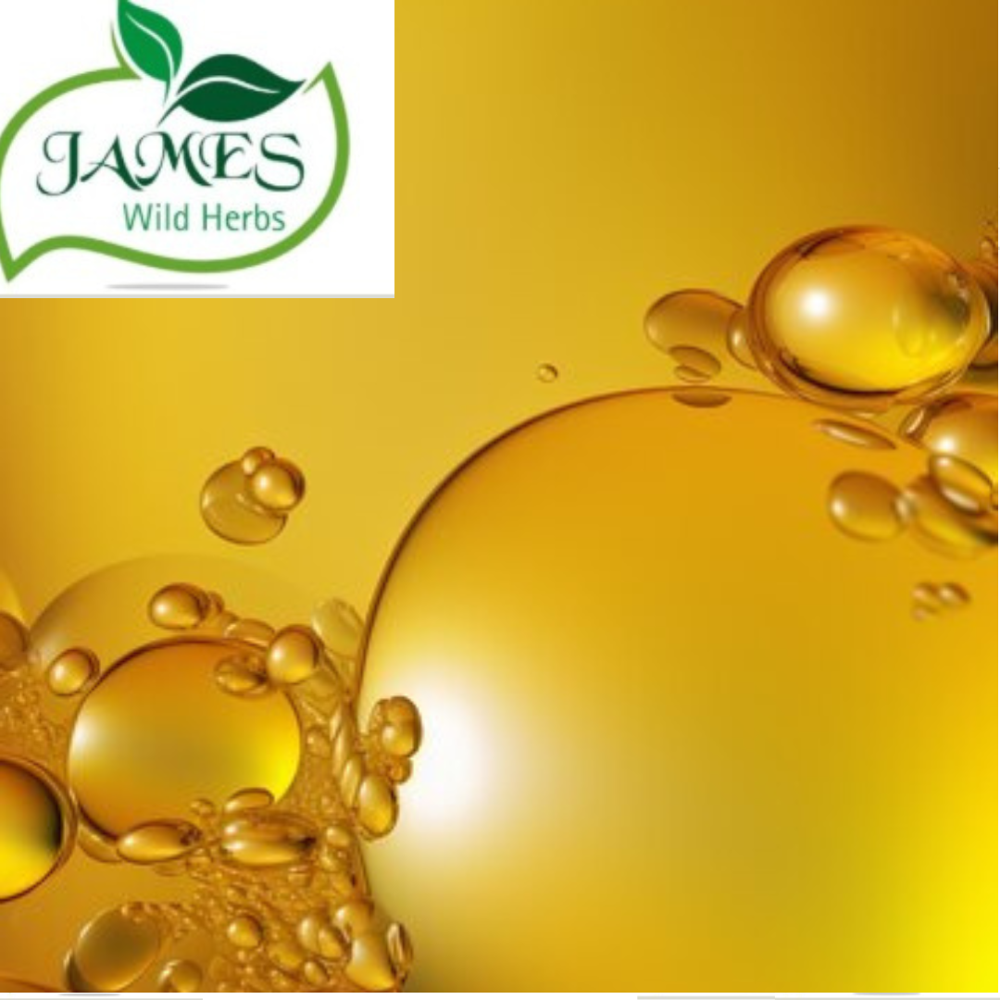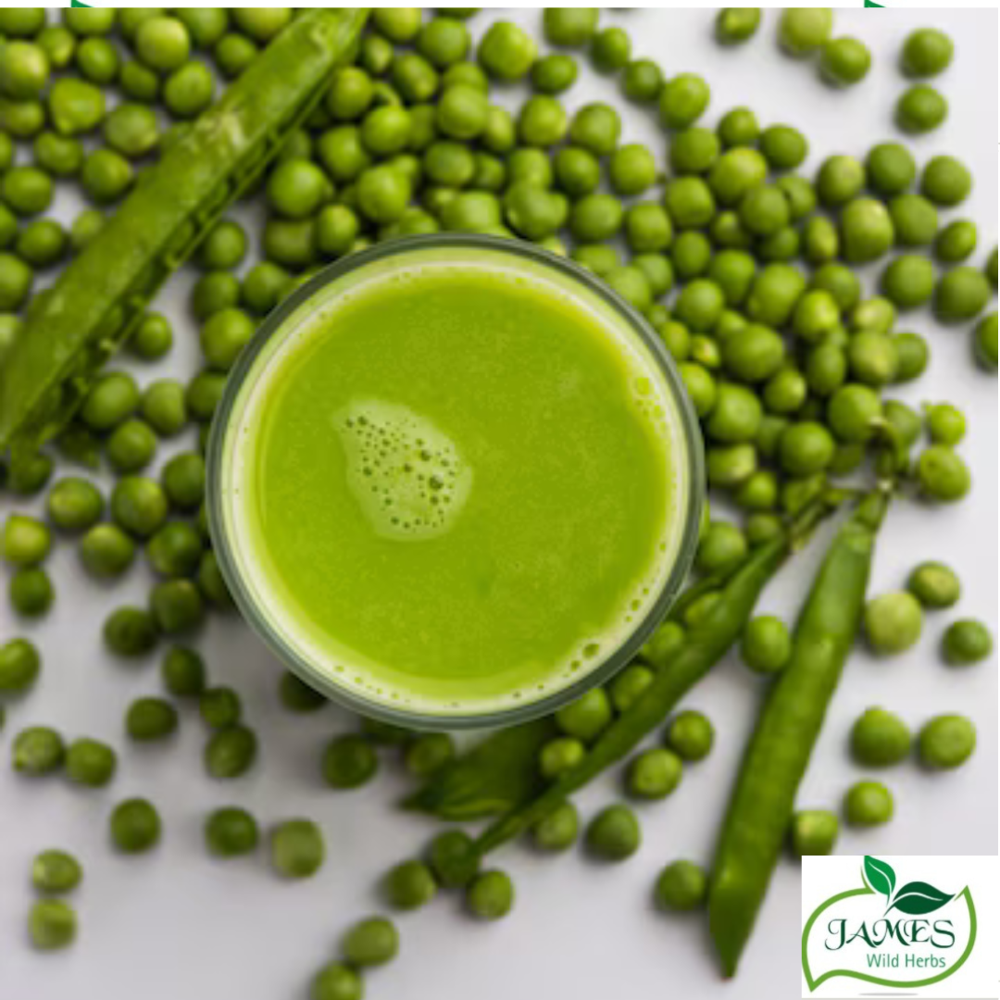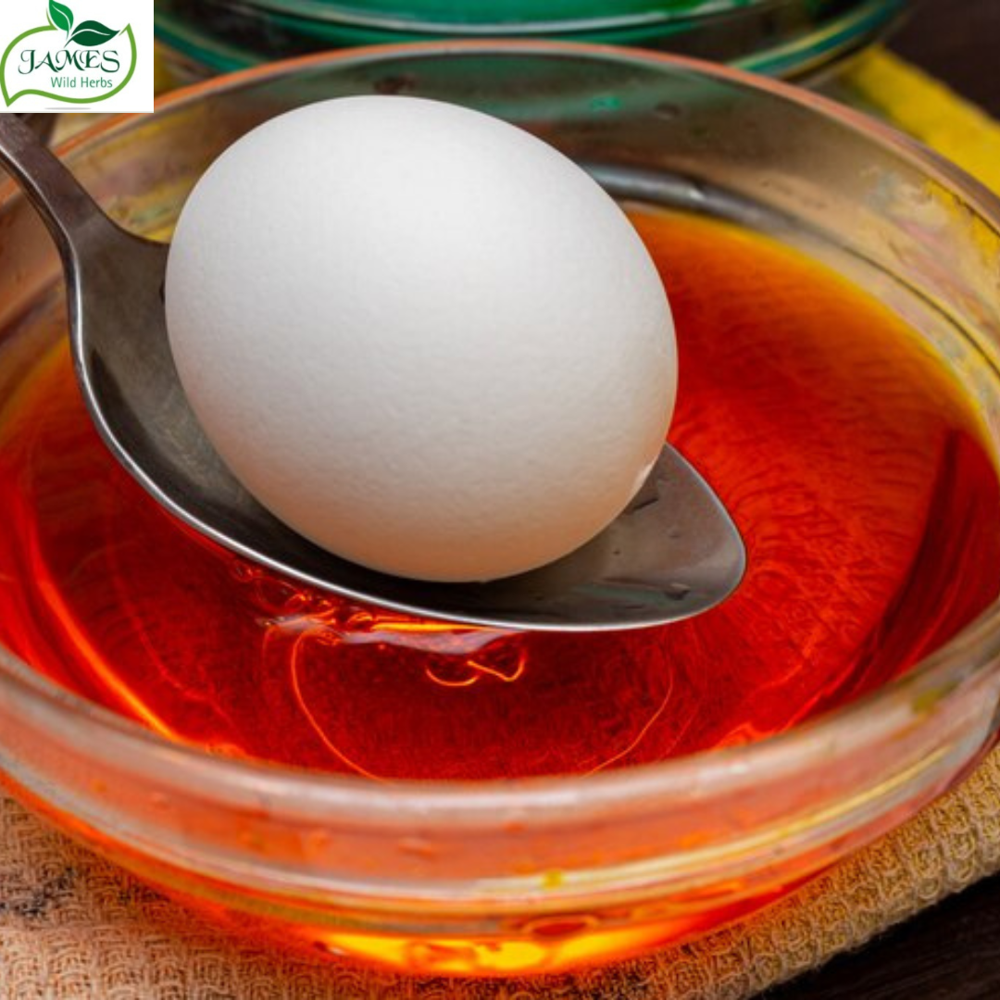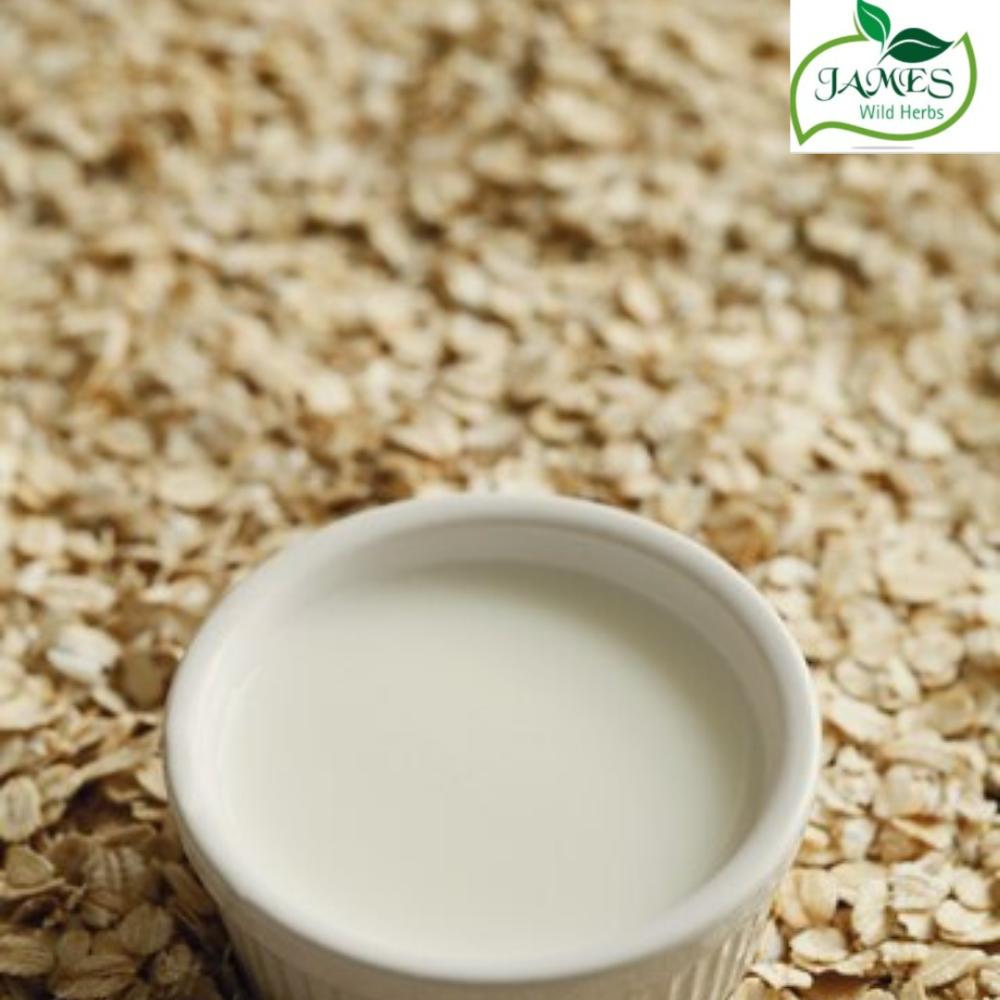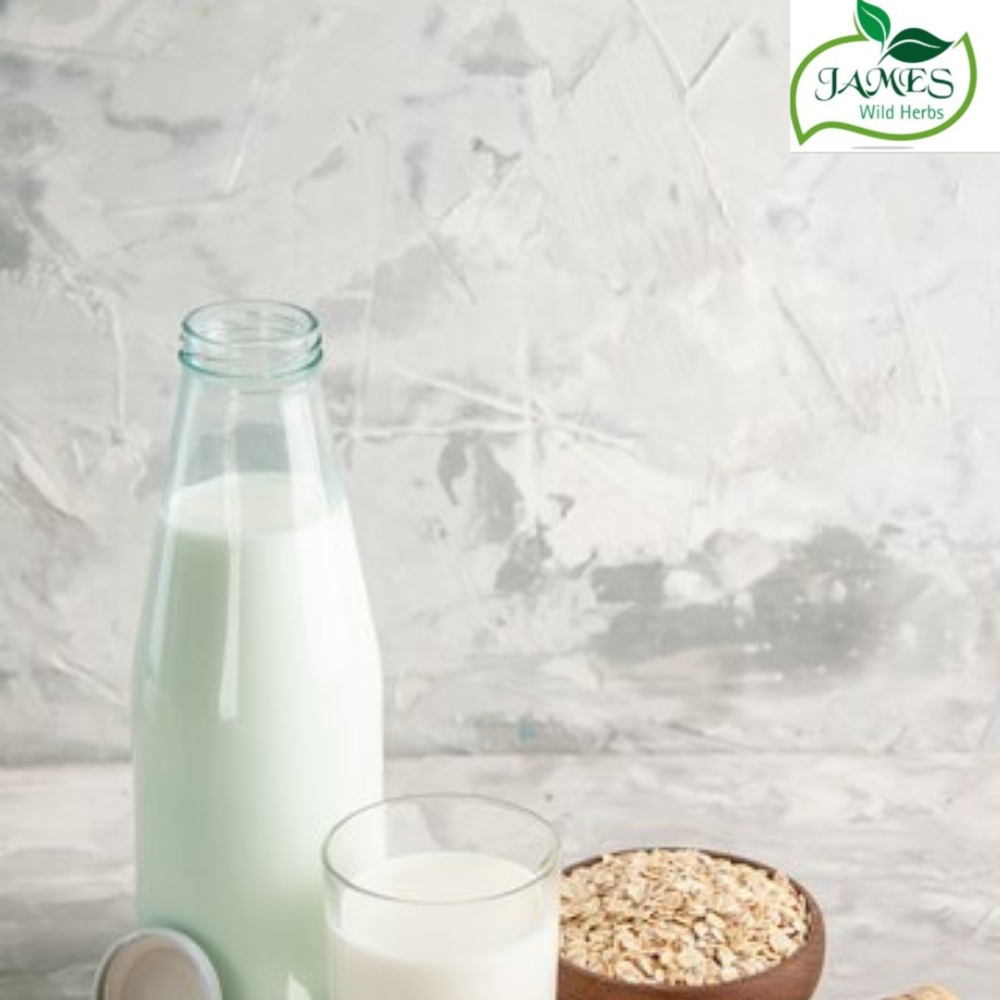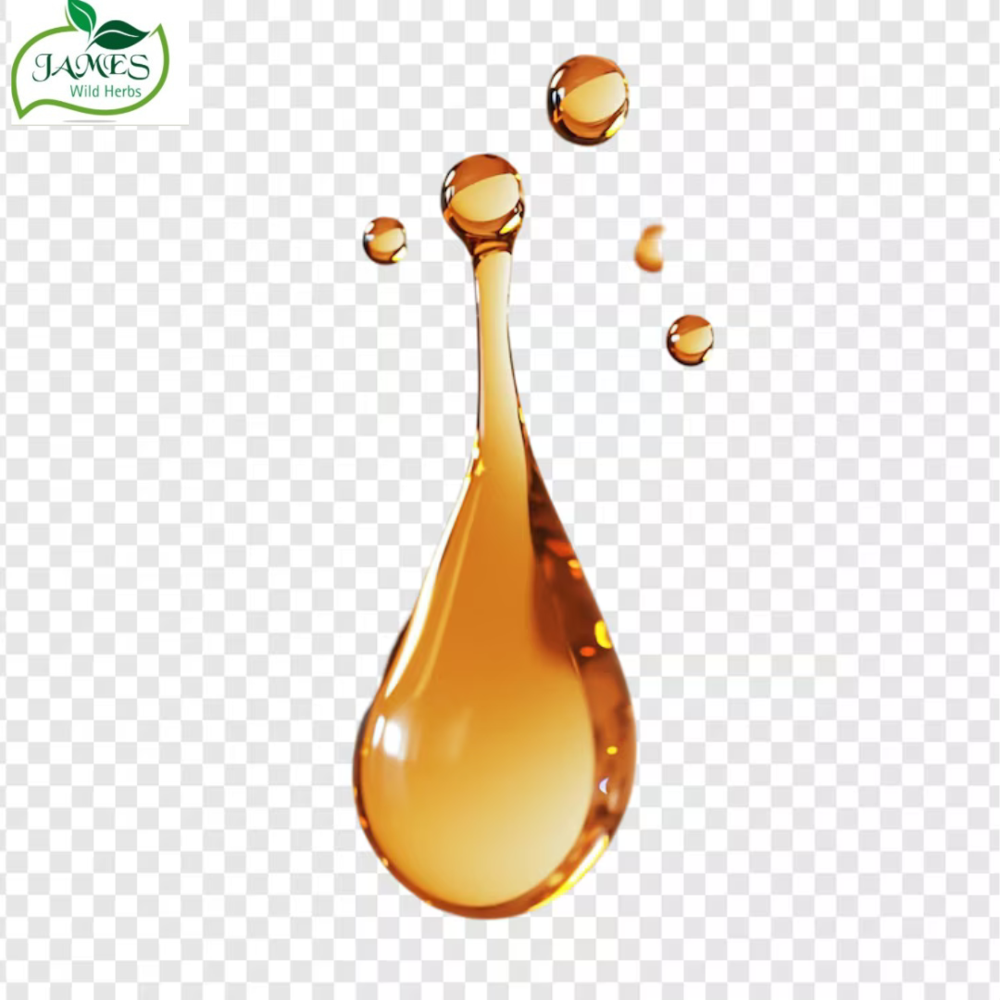Hydrolyzed Pea Protein
3500.00 आईएनआर/Kilograms
उत्पाद विवरण:
X
मूल्य और मात्रा
- 1
व्यापार सूचना
- प्रति दिन
- दिन
- No
उत्पाद वर्णन
Hydrolyzed pea protein is a form of pea protein that has been broken down into smaller peptides (amino acid chains) through a process called hydrolysis. This process involves using water and enzymes to break the protein into its building blocks, which can make the protein easier to digest and absorb by the body.
Here are some key points about hydrolyzed pea protein:
1. Source:
- It is derived from yellow peas (Pisum sativum), which are a plant-based source of protein. Pea protein is already known for being high in protein content, but hydrolyzing it further improves its digestibility and bioavailability.
2. Improved Digestion:
- The hydrolysis process makes the protein more readily absorbed by the body compared to non-hydrolyzed pea protein. This can be especially beneficial for individuals with digestive issues or those who struggle to digest other protein sources.
3. Allergen-Friendly:
- Pea protein is naturally free from common allergens like dairy, soy, and gluten, making it a good option for people with food sensitivities or allergies.
4. Amino Acid Profile:
- Hydrolyzed pea protein is rich in essential amino acids, including branched-chain amino acids (BCAAs), which are important for muscle recovery and growth. While it is not a complete protein (lacking methionine), it can be combined with other plant proteins (like rice protein) to provide all essential amino acids.
5. Uses:
- It is commonly found in protein powders, meal replacement shakes, energy bars, and other nutritional supplements, especially for people following plant-based or vegan diets. It can also be used in food formulations as a source of protein in vegetarian or vegan products.
6. Benefits:
- Muscle Building and Recovery: Because of its rich amino acid profile, hydrolyzed pea protein is beneficial for muscle repair and growth.
- Digestive Health: Due to the smaller peptides, it is easier to digest, which might be advantageous for people with sensitive stomachs.
- Weight Management: It can help with satiety (feeling full), making it useful for those trying to manage their weight.
7. Taste and Texture:
- Hydrolyzed pea protein tends to have a more neutral taste and smoother texture compared to non-hydrolyzed pea protein, which can have a more earthy or beany flavor. This makes it more suitable for use in a wider range of food products.
8. Potential Drawbacks:
- While hydrolyzed pea protein has many benefits, the hydrolysis process can sometimes result in a slightly bitter taste. However, this is often masked in protein powders or supplements with flavoring agents.
Tell us about your requirement

Price: Â
Quantity
Select Unit
- 50
- 100
- 200
- 250
- 500
- 1000+
Additional detail
+91
Email
